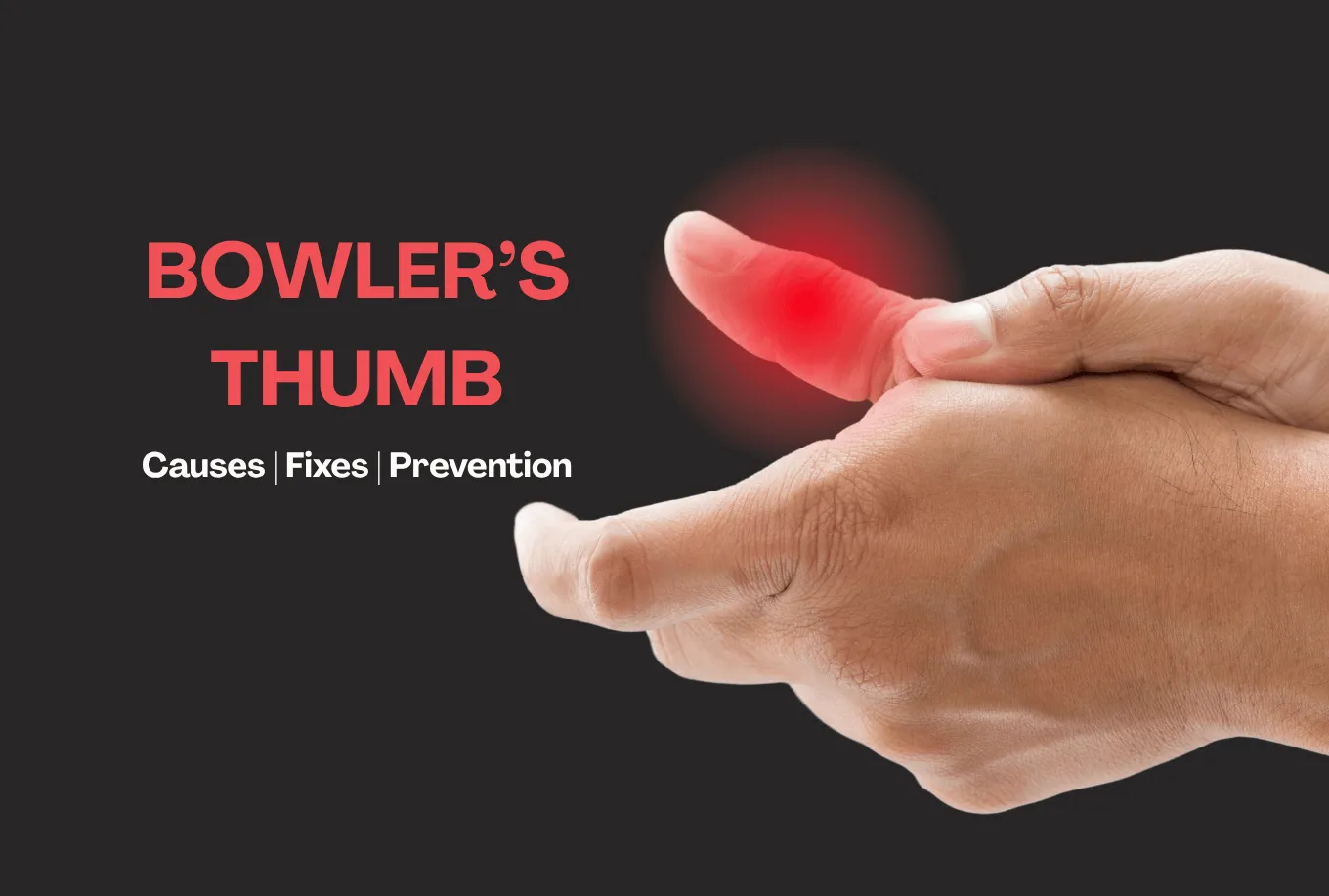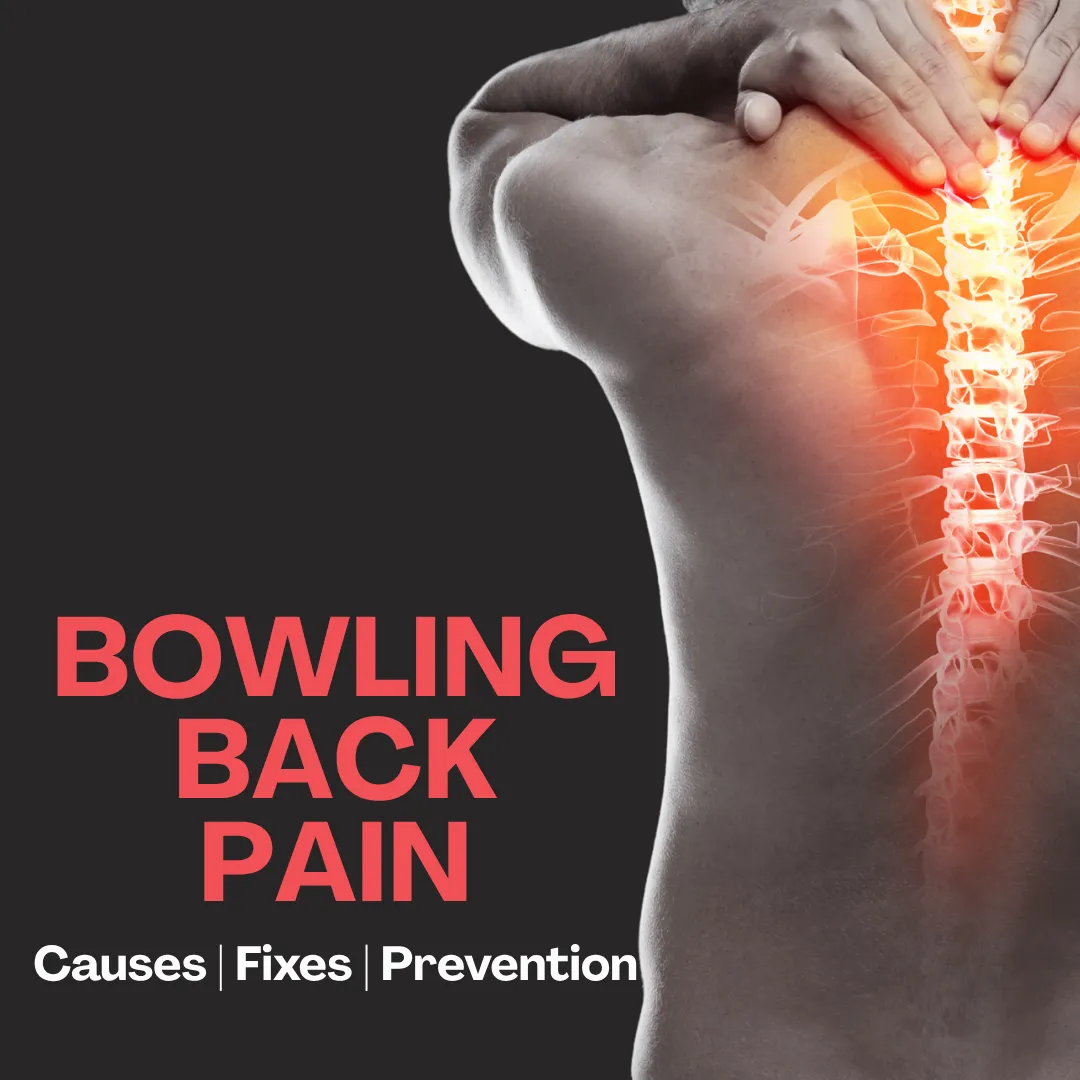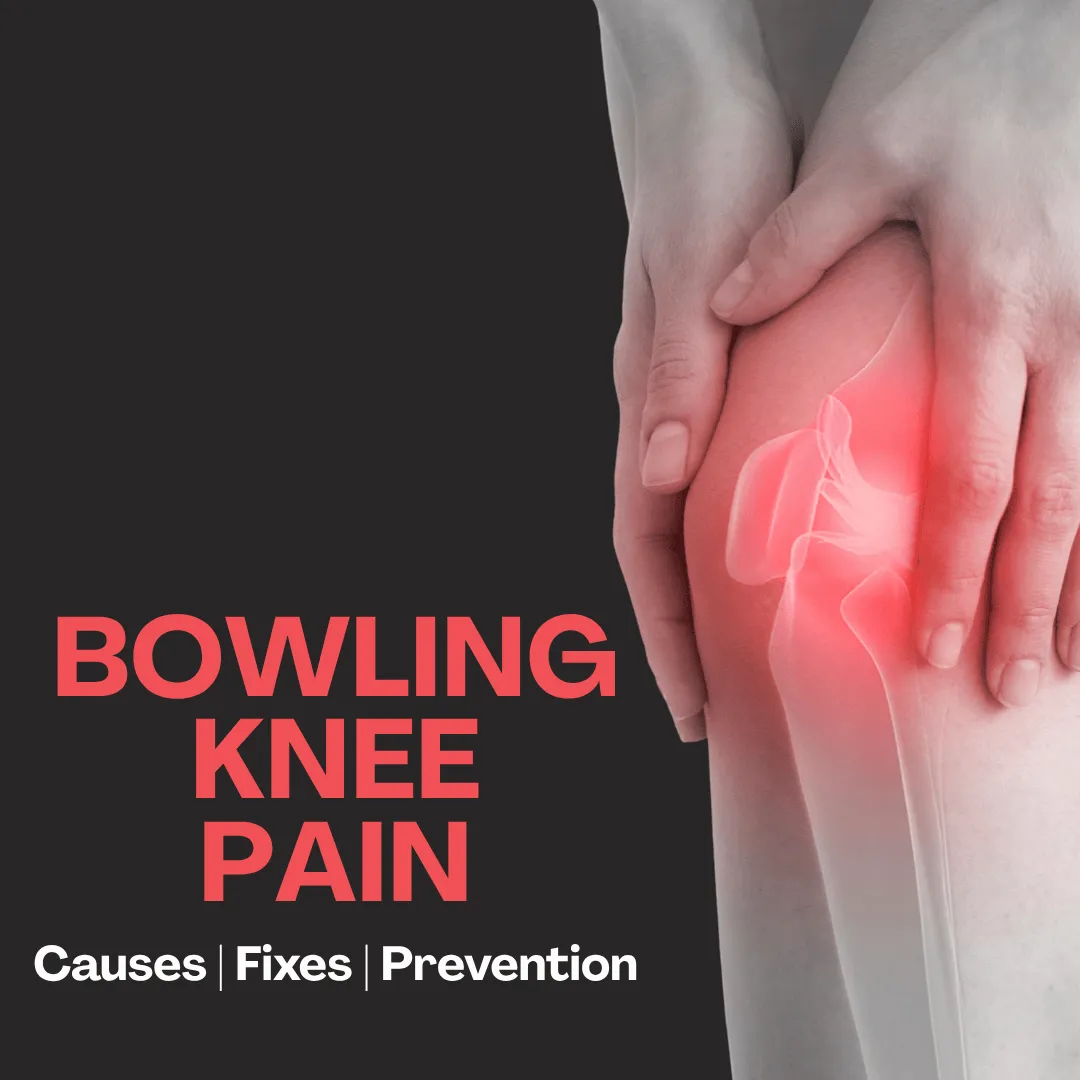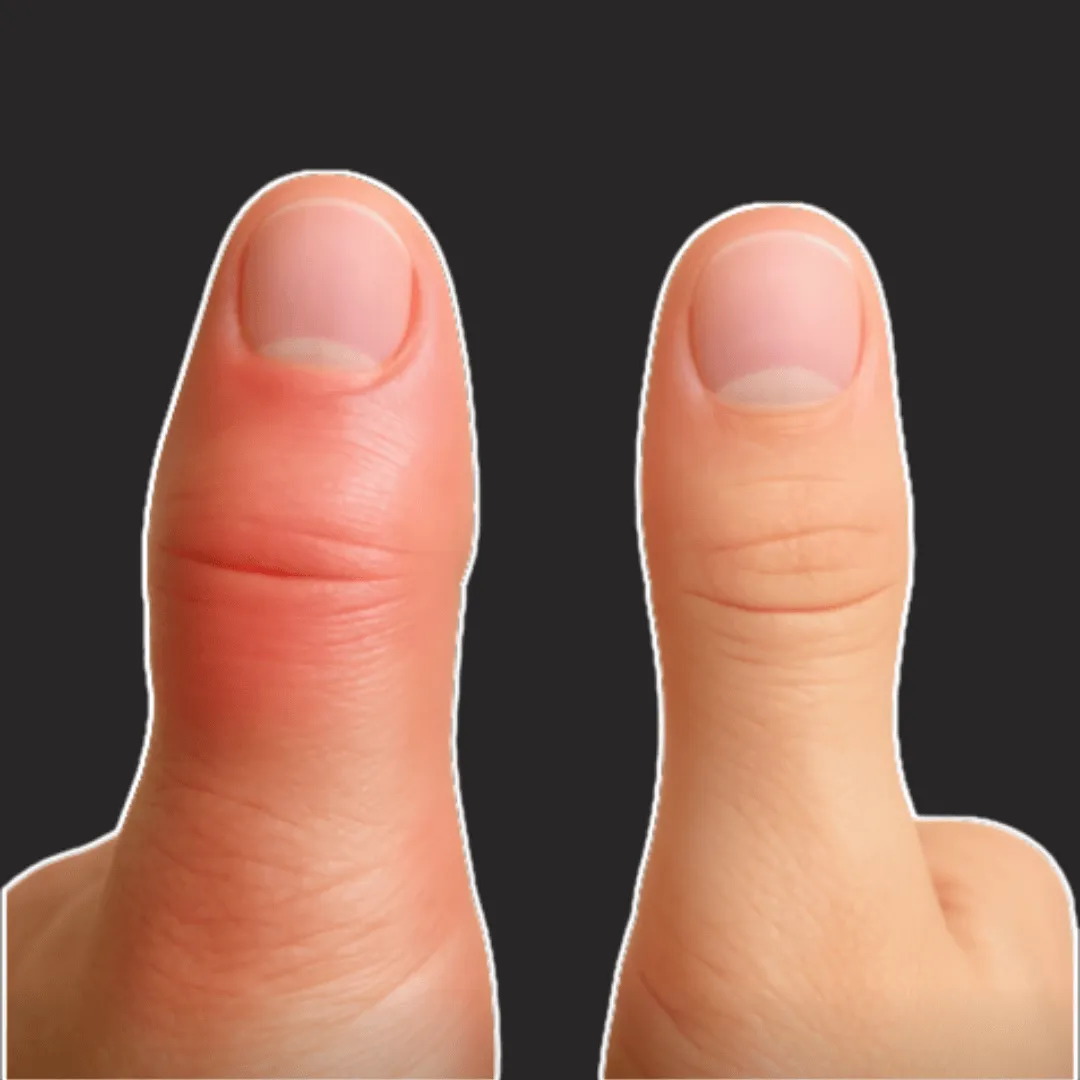When it comes to the game of bowling, even the tiniest detail has the potential to knock you off your feet. Especially when we talk about pain. One such challenge is the dreaded bowler's thumb, causing discomforting symptoms which can not only hamper a bowler's performance but also lead to frustration and, in severe cases, even force bowlers to take a break from the game they love.
In this article, we will delve into the depths of Bowler's Thumb, exploring its causes, symptoms, and potential preventive measures.
What is Bowler's Thumb?
Medically speaking, Bowler's Thumb is a perineural fibrosis involving the ulnar digital nerve of the thumb. It occurs almost exclusively among frequent bowlers — not seen often in other sports — due to the specific motion of inserting and releasing the thumb from a bowling ball.
The condition is caused by chronic repetitive impaction of the thumb's ulnar soft tissues against the thumbhole of a bowling ball.
Causes of Bowler's Thumb
Bowler’s Thumb develops gradually over time — not from a single event. It’s the result of thousands of repetitive bowling motions wearing down a specific part of the thumb.
The primary cause is repetitive thumb motion during ball release. Intense gripping, pressure, and rotation can damage the soft tissue, strain the ulnar collateral ligament, and irritate the nerve.
An improper thumb hole size can also be the cause. When the thumb hole of a bowling ball is too tight, it can create friction or decompression of the ulnar nerve, contributing to the development of this condition.
Symptoms of Bowler's Thumb
Symptoms can vary in severity, but commonly include:
- Numbness in the thumb
- Tingling sensations
- Pain or tenderness
- Swelling around the thumb joint
- Weak grip strength
- Difficulty holding objects
- General thumb weakness
If these symptoms occur, it's important to give your hand adequate rest and consult a healthcare professional for a proper diagnosis.
How to prevent Bowler's Thumb?
To protect your thumb and prevent injury, consider the following strategies:
Proper Technique
Learn and consistently use correct technique when gripping and releasing the ball. Poor form can create excess stress on the thumb joint. If unsure, seek help from a coach or certified instructor.
Use Protective Thumb Tape
Thumb tape can reduce friction and skin damage during release. It's especially useful for bowlers who throw high volumes or practice frequently.
Recommended product on Amazon: Storm Max Pro Thumb Tape – smooth texture, easy application.
Warm-Up and Stretch
Before bowling, gently warm up and stretch your hands, focusing on the thumb and wrist. This helps prepare tendons and ligaments for repetitive motion.
Rest and Recovery
Avoid overuse. Let your thumb recover between sessions, especially if pain or discomfort is present.
Thumb Support
If your thumb is already irritated or prone to injury, consider wearing a supportive thumb brace during practice.
Recommended product on Amazon: Fitomo Thumb Brace – lightweight, comfortable, and with flexible, adjustable aluminum strip for extra support. This brace is designed for sports use.
Maintaining thumb health is crucial for avid bowlers. By understanding injury causes, symptoms, and preventive measures, you can protect your thumb joints and enjoy a healthier bowling experience. With the right techniques and care, you can continue rolling strikes with confidence.
Affiliate disclosure: This article contains affiliate links. If you purchase through these links, we may earn a small commission at no additional cost to you. This helps support BowlingLife and allows us to continue producing useful content.




